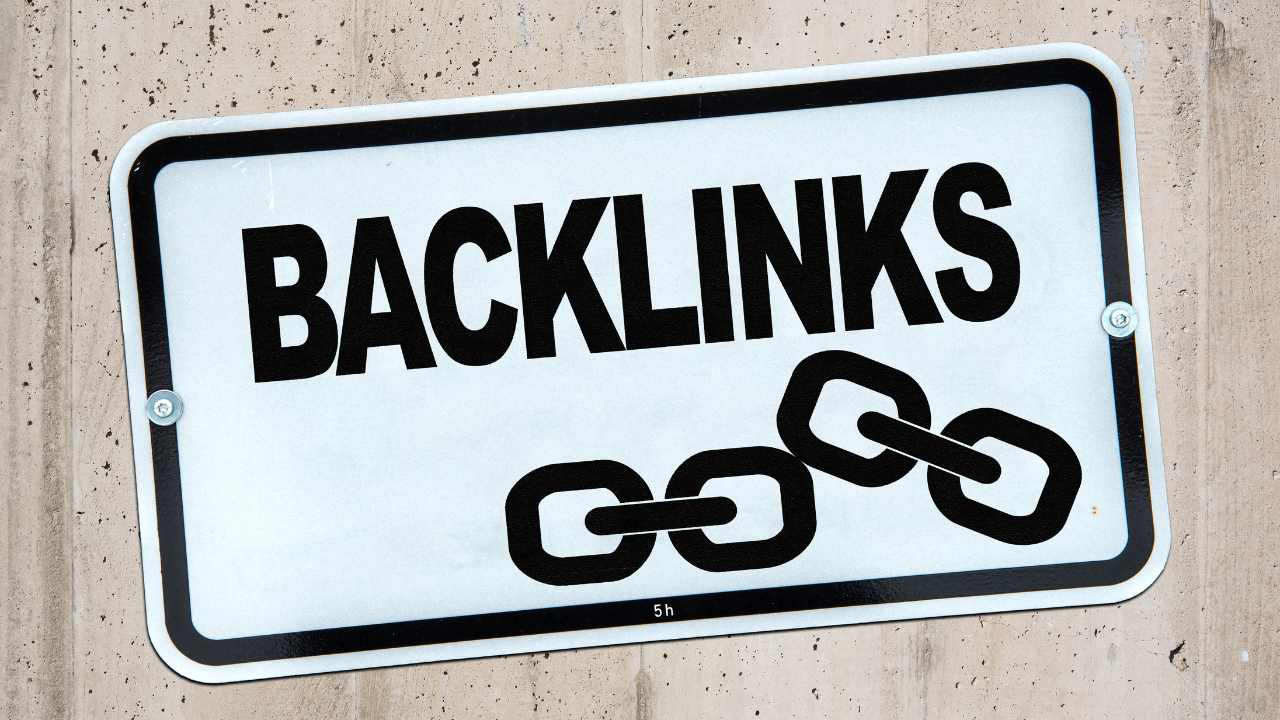What is the best strategy for technical SEO: In today’s digital age, optimizing your website is no longer an option but a necessity. Whether you have a blog, a business website, or an e-commerce platform, Technical SEO plays a crucial role in enhancing your website’s visibility, performance, and user experience. This comprehensive guide will walk you through the answer to “What is the best strategy for technical SEO?” and explain how to implement it effectively.
Table of Contents
What is Technical SEO?
Technical SEO is the process of optimizing the technical aspects of your website to ensure that search engines can crawl and index it effectively. It focuses on website speed, mobile responsiveness, structured data, URL structure, and other technical factors.
Why is Technical SEO Important?
- Improved Crawling and Indexing: Search engines can easily understand and index your website.
- Faster Loading Speed: Websites with fast loading times rank higher.
- Mobile-Friendly Design: Google prioritizes mobile-first indexing.
- Increased Organic Traffic: Optimized technical elements lead to better rankings, which attract more visitors.
Benefits of Technical SEO
- Enhanced Visibility: Proper technical optimization ensures better rankings on search engines.
- Improved User Retention: Faster websites with smooth navigation keep users engaged for longer.
- Mobile-Optimized Experience: With mobile-first indexing, having a mobile-friendly design is critical.
- Increased Traffic: Correct technical implementation drives consistent organic traffic.
Best Strategies for Technical SEO
Let’s explore the most effective strategies to answer the question, “What is the best strategy for technical SEO?”
1. Optimize Your Website Speed
Improve Loading Times
Both users and search engines prefer fast-loading websites. A slow site can increase your bounce rate and hurt your rankings.
Tips for Speed Optimization:
- Use Caching Plugins: Tools like WP Rocket or W3 Total Cache can help improve speed.
- Compress Images: Tools like TinyPNG or ImageOptim reduce image sizes without losing quality.
- Implement a CDN: Use Content Delivery Networks (CDNs) like Cloudflare to deliver content faster.
- Remove Unnecessary Plugins: Avoid using too many plugins that slow down your site.
- Minify JavaScript and CSS: Simplify and compress your website’s code.
2. Make Your Website Mobile-Friendly
Adopt Responsive Design
With Google prioritizing mobile-first indexing, your website must function seamlessly on mobile devices.
How to Ensure Mobile-Friendliness?
- Use responsive frameworks like Bootstrap.
- Keep fonts large and legible for small screens.
- Run Google’s Mobile-Friendly Test Tool to check compatibility.
3. Set Up Sitemaps and Robots.txt
Guide Crawling and Indexing
XML Sitemap helps search engines understand your website structure. Robots.txt guides search engines on which pages to crawl and index.
Pro Tips for Sitemaps and Robots.txt:
- Submit your sitemap to Google Search Console.
- Block unnecessary pages from indexing using Robots.txt.
- Regularly test Robots.txt files for errors.
4. Use HTTPS with an SSL Certificate
Secure Your Website
Google considers HTTPS a ranking factor. Websites without HTTPS often display a “Not Secure” warning, discouraging visitors.
How to Implement SSL?
- Purchase an SSL certificate from providers like GoDaddy or Let’s Encrypt.
- Set it up through your hosting provider.
5. Use Structured Data for Rich Snippets
Implement Schema Markup
Structured data helps search engines understand your website content better and can earn you rich snippets in search results.
Benefits of Schema Markup:
- Make your website stand out in search results with star ratings, prices, or FAQs.
- Enhance click-through rates (CTR).
Example: E-commerce websites can use product schema to display prices and reviews directly in search results.
6. Fix Broken Links and 404 Errors
Improve User Experience
Broken links and 404 errors frustrate users and harm your SEO efforts.
How to Identify Broken Links?
- Use Google Search Console for reports on broken pages.
- Try tools like Screaming Frog SEO Tool for in-depth analysis.
Fixing Tips:
- Redirect broken links to valid URLs.
- Create custom 404 pages to keep users engaged.
7. Optimize URL Structure
H2: Create SEO-Friendly URLs
URLs should be clean, readable, and keyword-optimized for both users and search engines.
Tips for Better URLs:
- Keep them short and meaningful.
- Avoid unnecessary parameters like
?id=12345. - Use hyphens instead of underscores in slugs.
8. Conduct Regular Website Audits
Identify and Fix Technical Errors
Perform routine audits to ensure your website is free of technical issues.
Best Tools for Auditing:
- SEMrush
- Ahrefs
- Google Lighthouse
9. Avoid Duplicate Content
Use Canonical Tags
Duplicate content confuses search engines, which can impact rankings. Canonical tags indicate the primary version of a page.
How to Check for Duplicate Content?
- Use Siteliner to find duplicate pages.
- Check for plagiarism with Copyscape.
10. Improve Internal Linking
Build a Logical Link Structure
Internal linking helps search engines understand your website’s structure and passes link equity to important pages.
Tips for Effective Internal Linking:
- Use keyword-rich anchor text.
- Link-related pages naturally.
- Deep link to less-visible pages to improve their visibility.
Conclusion
Answering “What is the best strategy for technical SEO” boils down to strategic planning and implementation of the right tools. Following the above strategies will not only optimize your website for search engines but also enhance user experience.
By focusing on technical SEO, you can ensure that your website ranks higher, attracts more traffic, and stays ahead of the competition.
FAQs About Technical SEO
Q1: Does website speed affect rankings?
Yes, speed is a major ranking factor. Faster websites enjoy higher rankings and reduced bounce rates.
Q2: What is the difference between Structured Data and Schema Markup?
Structured Data is a format to organize website information, and Schema Markup is a way to implement it on your website.
Q3: Is SSL necessary for all websites?
Yes, SSL is essential for securing your website and gaining user trust, especially for sites that collect user data.
Q4: How often should I perform a website audit?
Conduct audits at least once a month or after major updates.



